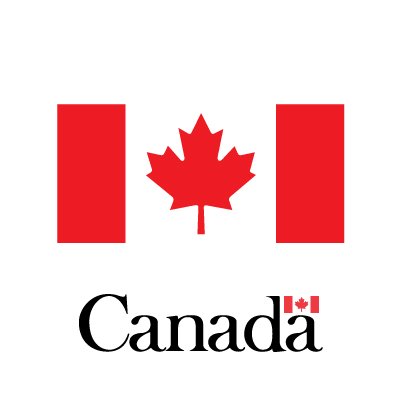Immigration
Federal, Quebec immigration ministers meet to discuss asylum-seeker situation

The immigration ministers for Canada and the province of Quebec met this week to look at ways their departments can better manage the influx of asylum seekers crossing into Canada from the United States. (Photo: Environment Canada/Twitter)
The immigration ministers for Canada and the province of Quebec met this week to look at ways their departments can better manage the influx of asylum seekers crossing into Canada from the United States.
Last year, the Royal Canadian Mounted Police intercepted nearly 19,000 people after they crossed the Canada-U.S. border at unofficial entry points and claimed asylum in Quebec. According to The Canadian Press, 6,000 people crossed into Quebec at irregular crossings during the first three months of 2018, up from about 2,000 during the same period in 2017.
This increase and the expected influx of thousands more as the weather improves were top of mind at Wednesday’s meeting of the Ad Hoc Intergovernmental Task Force on Irregular Migration, whose members include Canada’s Immigration Minister, Ahmed Hussen, and Quebec Immigration Minister David Heurtel.
A key agreement to emerge from the meeting was the development of a triage system at the border that would expedite the transfer of asylum seekers who do not want to stay in Quebec to other provinces where their work skills are needed.
“This would include gathering information on asylum claimants’ skill profile and intended destination with the goal of alleviating pressures on major urban centres and reducing labour shortages,” Immigration, Refugees and Citizenship Canada said in a news release issued after the meeting.
The ministers also agreed to accelerate the granting of work permits for new arrivals and to work together to assess Quebec’s claims for compensation and additional financial resources.
Meeting cools mounting tension
The Government of Quebec has been at odds with the federal government in Ottawa over the costs of handling the influx, including $146 million that Quebec says it is owed for shouldering the costs of providing emergency housing and social assistance to asylum seekers last year.
Heurtel said earlier this week that his department’s four Montreal shelters are already 70 per cent full and warned the federal government that it needs a plan for the summer months.
Heurtel’s warning was met by a letter from federal Immigration Minister Ahmed Hussen questioning Quebec decision to close nine other emergency shelters, saying it put Quebec at risk of an “unacceptable humanitarian situation.”
Heurtel welcomed the proposed measures that came out of Wednesday’s task force meeting, saying they will lessen the pressure on his department’s resources in Montreal. He confirmed, however, that Quebec is sticking with its plan to not increase the capacity of its shelters, which can accommodate 1,850 people.
Instead, Quebec is hoping the triage system will help divert asylum seekers away from Montreal by sending them directly on to their desired final destination in other provinces. Quebec has said that around 40 per cent of those claiming asylum say they would prefer to reside in other provinces while their claims are processed.
The federal government has also now pledged $173 million over two years to support the intake and processing of asylum claims, security screening, detentions and removals. This includes an investment of $74 million in the Immigration and Refugee Board to expand its capacities and process claims faster.
The influx of asylum seekers into Canada has been attributed to the introduction of hard-line policies targeting immigrants and refugees in the United States, including the termination of the Temporary Protected Status that has allowed thousands of Haitians and Salvadorans to live in the United States.
Canada has been working with communities and officials in the U.S. as well as through its social media channels to dispel the idea that Canada is inviting individuals to seek refugee status. The federal government is also working to inform those considering such a crossing to learn the facts about claiming refugee status.





















